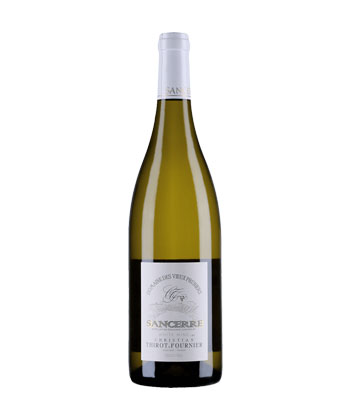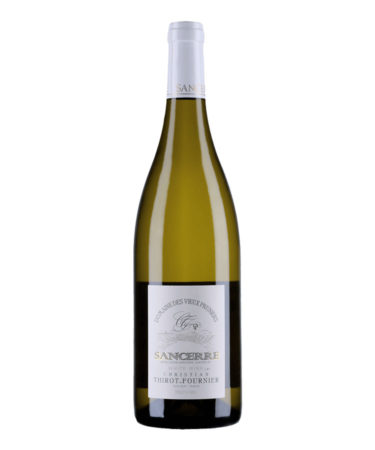
Like France’s Burgundy region for Pinot Noir and Chardonnay, the Loire Valley is the benchmark for Sauvignon Blancs produced throughout the world. And within the Loire, all other Sauvignons are compared with those of Sancerre.
The town of Sancerre, perched atop a hill, is one of those postcard-perfect medieval French villages, with the church at its apex overlooking the vineyards below.

Those vineyards produce the world’s best Sauvignon Blanc and, on a much smaller scale, mineral-driven Pinot Noirs that are delicious in their own right and distinct from those of Burgundy.
A superb example of the Sauvignon comes from Christian and Jocelyne Thirot-Fournier, whose Domaine des Vieux Pruniers lies two and a half miles from Sancerre in the village of Bué. There, on steep hillside vineyards, many forming an amphitheater, they grow Sauvignon on chalky limestone soil that frames the wine with an underlying minerality that defines Sancerre.
Their 2017 Sancerre is a textbook wine with its nuanced fruit, including notes of white peach and subtle gooseberry, a touch of gunflint, lively acidity, and an intriguing creamy quality on the finish that comes from several months of aging on the lees (the leftover yeast particles after fermentation).
As is typical with Loire Sauvignon, fermentation and aging take place in stainless steel and cement tanks, with no exposure to oak.
The Thirot-Fourniers farm 10 hectares (about 25 acres) of land, growing Sauvignon Blanc on seven hectares and Pinot Noir on three. The 2017 Sauvignon is about $21, making it a great value for a Sancerre of this quality.
The wine is made for simply prepared fish, such as sole or flounder fillets sautéed in butter with herbs and lemon, or for drinking as a delightful aperitif.
